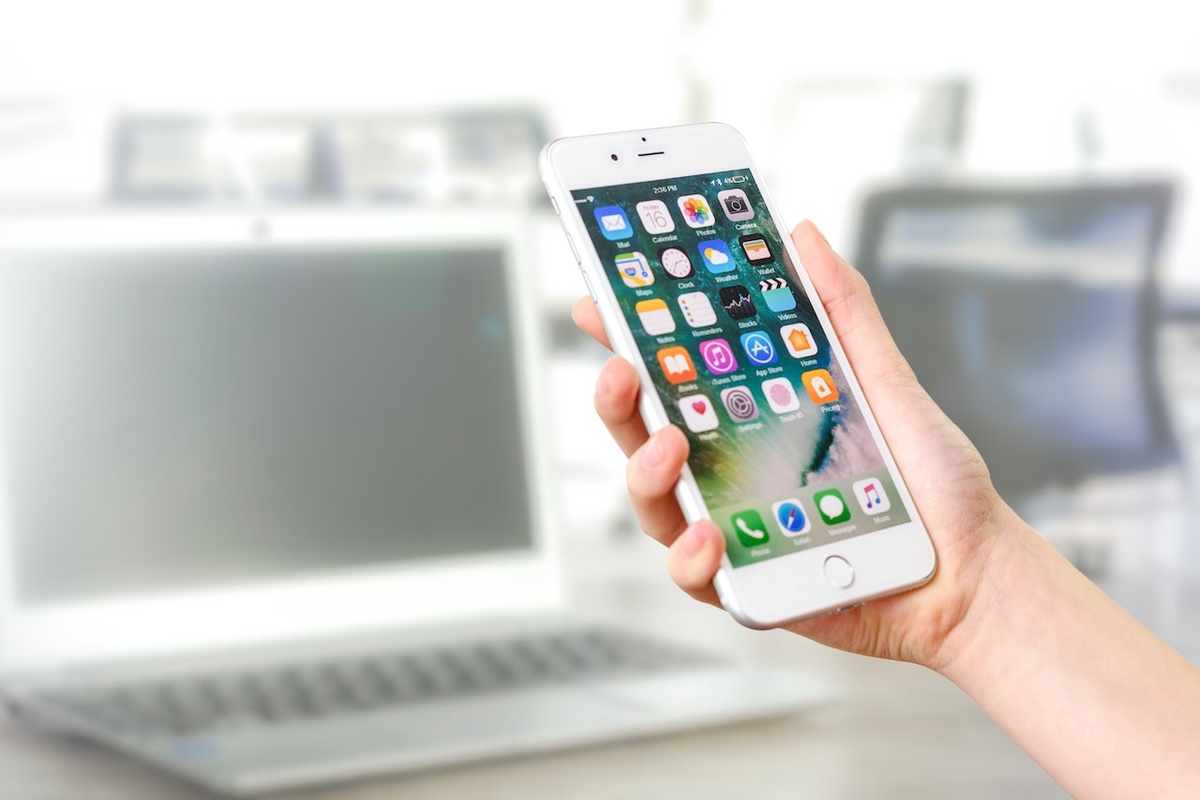Apple vs. Android: Choosing the Best
In today's digital age, smartphones have become an essential part of our lives, serving as a gateway to communication, entertainment, and productivity. When it comes to choosing a smartphone, two dominant players, Apple and Android, often vie for our attention. Both have their unique strengths and weaknesses, making the decision a challenging one. In this article, we'll compare Apple and Android devices across various aspects to help you make an informed choice.
1. Introduction
In this fast-paced technological landscape, Apple and Android have emerged as the leading competitors in the smartphone market. Apple, known for its premium devices, offers a seamless integration of hardware and software, while Android, an open-source platform, provides a diverse range of options for customization and affordability.
2. Brief Overview of Apple and Android
Apple, a pioneer in the smartphone industry, is renowned for its iconic iPhones. They are known for their sleek designs, top-notch build quality, and seamless user experience. On the other hand, Android, developed by Google, powers a wide range of smartphones from various manufacturers, offering users a vast selection of devices at different price points.
3. Design and Aesthetics
3.1. Apple's Design Philosophy
Apple places a strong emphasis on design, crafting devices that are sleek, minimalist, and aesthetically pleasing. The iPhone's premium build materials and attention to detail give it a luxurious feel.
3.2. Android's Design Diversity
In contrast, Android devices come in various designs, catering to different tastes and preferences. Manufacturers often experiment with different materials, form factors, and features, providing users with a broader range of options to choose from.
4. Operating System and User Interface
4.1. Apple's iOS
Apple's iOS offers a consistent and user-friendly interface across its devices. The operating system is optimized for Apple hardware, resulting in smooth performance and reliable software updates. The intuitive user interface makes it easy for users to navigate and find their desired features.
4.2. Android's Operating System
Android, as an open-source platform, allows for greater customization and flexibility. Different manufacturers often modify the user interface to provide a unique experience. While this can result in a learning curve for users switching between devices, it also allows for tailoring the interface to individual preferences.
5. App Ecosystem and Availability
5.1. Apple's App Store
Apple's App Store boasts a vast collection of high-quality applications curated to meet strict standards. The platform offers a seamless user experience, with robust security measures and a rigorous review process. Developers are incentivized to create innovative and polished apps due to Apple's strict guidelines. However, the App Store is known for its more limited app selection compared to Android.
5.2. Android's Play Store
Android's Play Store, being an open platform, offers a larger variety of applications. With fewer restrictions, developers have more freedom to publish apps, resulting in a wider selection. While this allows for greater diversity, it also means that the quality and security of apps can vary. Google has implemented measures to combat malware and protect user data, but users should exercise caution when downloading apps from third-party sources.
6. Hardware and Performance
6.1. Apple's Integration of Hardware and Software
One of Apple's key advantages is its tight integration of hardware and software. By designing both the iPhone and iOS together, Apple optimizes performance, resulting in a smooth and efficient user experience. The company's focus on vertical integration ensures that hardware and software work seamlessly, providing users with a reliable and consistent performance.
6.2. Android's Device Variety
Android, being an operating system available to multiple manufacturers, offers a wide range of device options. From budget-friendly smartphones to high-end flagship devices, Android caters to various price points and specifications. While this variety provides choices for consumers, it also means that the performance and user experience can vary depending on the device and manufacturer.
7. Customization and Flexibility
Android is well-known for its customization options. Users can personalize their devices with different launchers, themes, and widgets, tailoring the experience to their liking. This flexibility allows users to have more control over their device's appearance and functionality. Apple, on the other hand, has a more streamlined and consistent user experience, with limited customization options available.
8. Security and Privacy
8.1. Apple's Approach to Security
Apple prioritizes security and privacy, making it a key selling point for its devices. iPhones are equipped with robust security measures, including biometric authentication (such as Face ID and Touch ID), hardware encryption, and app sandboxing. Apple's strong stance on privacy ensures that user data is protected and gives users more control over their information.
8.2. Android's Security Measures
While Android has made significant strides in improving security, its open nature makes it more susceptible to vulnerabilities. Google has implemented security features such as Google Play Protect and regular security updates to mitigate risks. However, the level of security can vary depending on the device manufacturer and user practices, emphasizing the importance of staying vigilant and practicing good security habits.
9. Price Range and Affordability
Apple devices, known for their premium quality and design, generally come with a higher price tag. However, Apple offers different models and storage options, allowing users to choose the one that best fits their budget. Android, with its wide range of manufacturers and devices, caters to various price points, offering more affordable options without compromising on performance and features.
10. Integration with Other Devices
Apple has built a robust ecosystem that seamlessly integrates its devices, including iPhones, iPads, MacBooks, Apple Watches, and Apple TVs. This integration allows for effortless sharing of content, synchronization of data, and convenient workflows across devices. Android devices, while they can integrate with other devices to some extent, lack the same level of seamless integration as Apple's ecosystem.
11. Customer Support and Updates
Apple is known for its strong customer support, offering in-person assistance through Apple Stores and a comprehensive warranty program. Additionally, Apple provides timely software updates, ensuring that users have access to the latest features and security patches. Android devices, on the other hand, receive updates from both Google and device manufacturers, which can vary in terms of frequency and duration. Google provides regular security updates for its Pixel devices, while other manufacturers may have different update schedules and support policies. It's essential to consider the level of customer support and update frequency when choosing between Apple and Android.
12. Popular Features and Innovations
Both Apple and Android devices offer a range of popular features and innovations. Apple has introduced features such as Face ID, Animoji, and the seamless integration of its digital assistant, Siri. Android devices, on the other hand, have pioneered features like customizable widgets, split-screen multitasking, and Google Assistant integration. The choice of features largely depends on individual preferences and priorities.
13. User Preference and Brand Loyalty
User preference and brand loyalty play a significant role in the Apple vs. Android debate. Some users prefer the intuitive and seamless experience offered by Apple, while others appreciate the customization options and device variety provided by Android. Brand loyalty can also influence the decision, as users tend to stick with what they are familiar with and have had positive experiences with in the past.
14. Pros and Cons of Apple and Android
To summarize the comparison between Apple and Android:
-
Apple:
- Pros:
Premium design and build quality
Seamless integration of hardware and software
Strong focus on security and privacy
Robust app ecosystem with curated selection
-
- Cons:
- Higher price range
- Limited customization options
- Cons:
-
Android:
- Pros:
Wide variety of devices and price points
Greater customization and flexibility
Diverse app selection
Integration with Google services
-
- Cons:
Varying levels of device performance and user experience
Security vulnerabilities in some cases
15. Conclusion
In the end, choosing between Apple and Android comes down to personal preferences, priorities, and budget. Apple offers a premium and seamless experience with a focus on security and privacy, but at a higher price range. Android, on the other hand, provides a wider range of options, customization opportunities, and affordability. Consider your priorities in terms of design, user experience, app ecosystem, security, and budget to make the best choice for your needs.


No comments yet